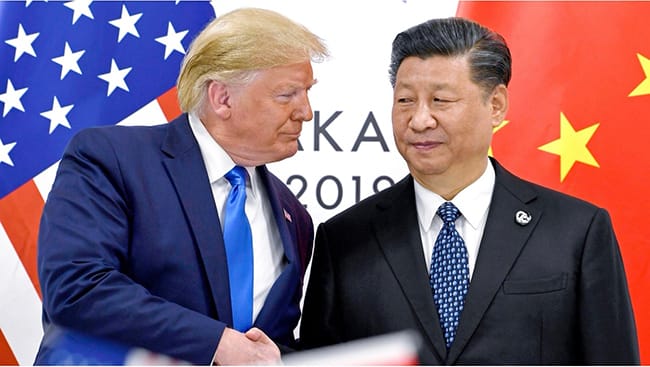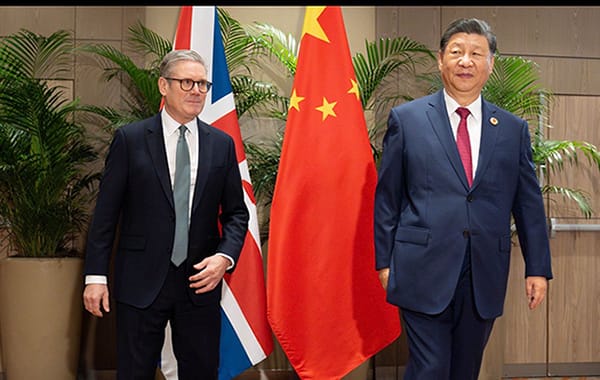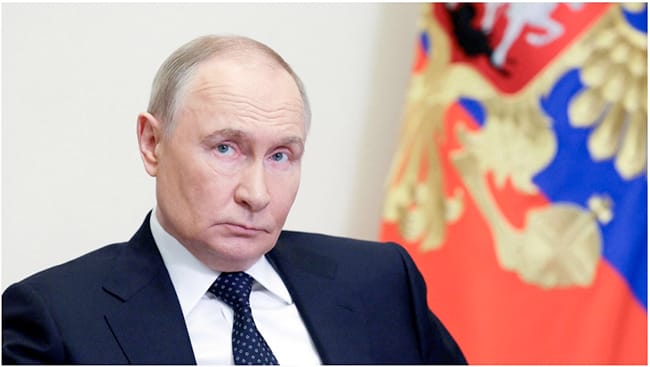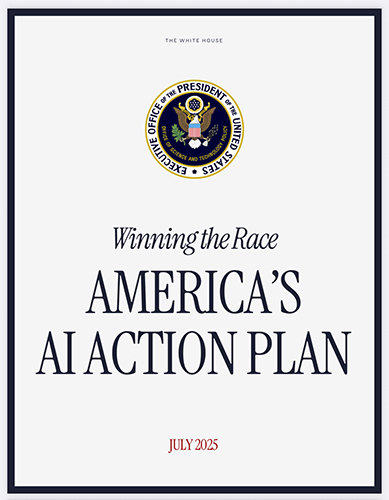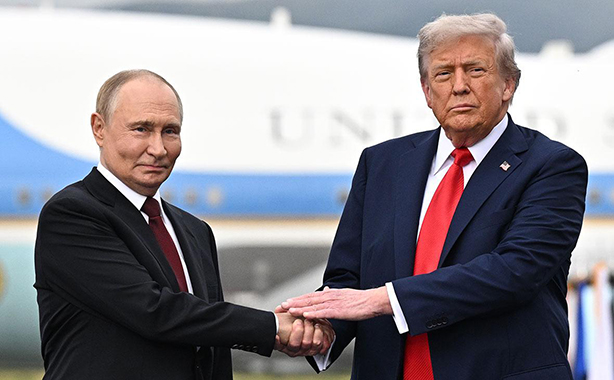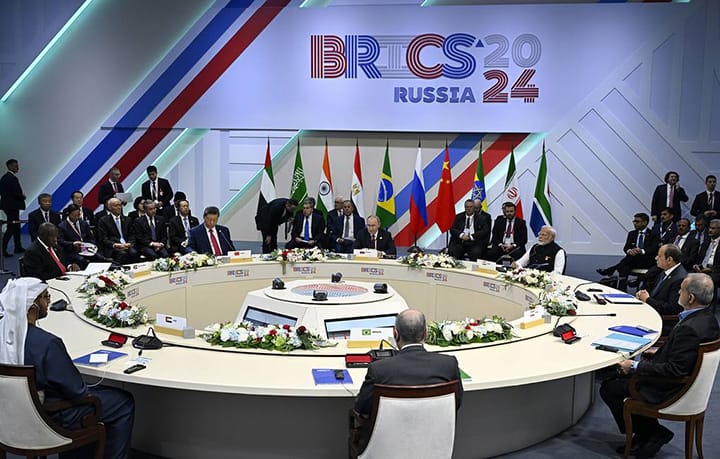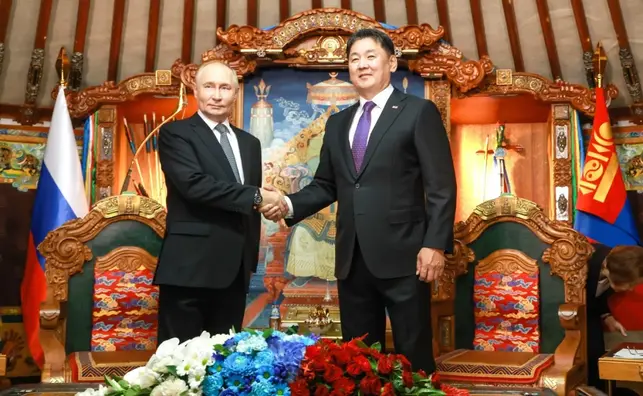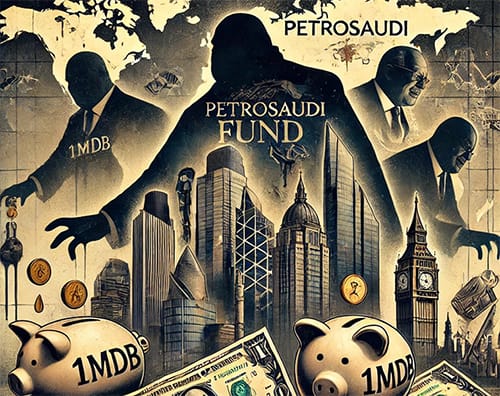USA. Policy of isolating China?
(Eastern Post – London, October 2025)
In recent days, the administration of Donald J. Trump has made several statements concerning tariff policy and international trade. Among them — the announcement of a possible breakthrough in trade negotiations with China; new deals with several Asian countries; a joint political framework on critical minerals and rare earth elements with Japan; an increase of tariffs in relation to Canada; and the formation of potential for strengthening cooperation with Brazil. These statements coincided in time with President Trump’s trip to Asia, dedicated to the priority of concluding agreements on trade issues.
According to Secretary of the Treasury Scott Bessent, the United States and China have reached a “very substantial framework” to avoid the threat of introducing 100% tariffs on Chinese imports. At the same time, it is expected that the framework will allow holding a “very productive meeting” between Trump and Xi Jinping and will allow postponing the application of export restrictions by China on rare earth elements. In addition, within the framework, such topics will be discussed as the fentanyl crisis, purchases of U.S. agricultural products, and trade in general. It should be reminded that only a few days earlier, the Office of the U.S. Trade Representative initiated an investigation in accordance with Section 301 of the Trade Act of 1974 regarding how China carries out the implementation of the “Phase 1” agreement, signed by the U.S. and China in 2020, requiring changes in China’s trade regime. When announcing the framework, Secretary Bessent noted that the threats of applying tariffs provided the United States with leverage.
On the other hand, the White House announced new trade agreements with four countries: Vietnam, Cambodia, Thailand, and Malaysia. In relation to Vietnam, it was stated about the framework of an agreement “On mutual, fair, and balanced trade.” The conditions include: Vietnam will provide preferential access to its market for American industrial and agricultural exports, while the United States will retain reciprocal tariffs on goods from Vietnam at the level of 20%.
For Malaysia, the conditions include providing access to American exports of chemicals, mechanical engineering, electrical equipment, metals, passenger cars, and certain agricultural products; the United States retains reciprocal tariffs at the level of 19%; Malaysia has pledged not to introduce bans or quotas on the export of critical minerals and rare earth elements to the United States.
For Thailand, it is envisaged to eliminate tariff barriers on almost 99% of American goods; the United States retains tariffs at the level of 19%.
For Cambodia — elimination of tariffs on 100% of American industrial, food, and agricultural exports; the United States will retain reciprocal tariffs in the amount of 19%.
In each of these agreements, the United States has committed to designate goods from Annex III of Executive Order No. 14346 (of 5 September 2025), which will be subject to zero “reciprocal” tariff.
In addition, the United States and Japan announced a joint political framework on the extraction and processing of critical minerals and rare earth metals. It is planned to mobilize joint efforts of the public and private sectors, joint identification of projects to eliminate bottlenecks in supply chains, and implementation of financial support for such projects within the next six months. This initiative relies on previously announced measures of the United States and Japan.
Regarding Canada, President Trump stated that the United States will increase tariffs on Canadian goods by 10% above the current level. This decision is being taken against the background of growing tension between the United States and Canada, in particular — after an anti-advertising video filmed by the province of Ontario with quotations from former President Ronald Reagan. Official confirmation of the measure has not yet been given.
A possible path to cooperation between the United States and Brazil is also becoming clearer. The President of Brazil Luiz Inácio Lula da Silva after a meeting with Trump noted that the negotiations went “well” and that an agreement on issues of mutual interest is expected. Trump, speaking cautiously, noted that “we must be able to conclude quite good deals for both countries.”
The true meaning of all these announcements is that the trade policy of the United States is turning into an instrument for the restructuring of the global distribution of capital and the redistribution of the profits of monopolies. When they talk about a “breakthrough with China”, in fact it is not about an equal agreement, but about an attempt by the United States to consolidate its dominant position, forcing China to concede in matters of access to rare earth and critical resources, pressure on the agricultural sector, as well as the use of the threat of tariffs as a means of dictate.
The package of agreements with the Asian countries is not so much partnership, as the “entry” of the economies of these countries into the sphere of influence of American capital: preferential access for the United States, retained tariffs in the opposite direction, prohibitions on restrictions for critical minerals and rare earth metals, the elimination of tariff barriers almost completely — all this forms a system where the Asian economies become platforms of expansion, and not independent partners.
As for Japan — the signing of the agreement on minerals means the creation of new lines of raw-material dependence, the switching of supply chains under the control of transnational capital interests of the United States and Japan, and not at all the strengthening of the sovereignty of Japan or of the people of Asia.
The increase of tariffs on Canada is a signal to allies: no partner is protected from dictate if we are speaking about profitable flows.
The approach to Brazil demonstrates that behind the foreign-policy rhetoric of “friendship” and “cooperation” lies the mechanism of including peripheral economies into the American orbit.
Thus, we are observing not a phase of “trade wars”, but a process of transnational restructuring of capital, in which the United States acts as the center of redistribution: China, the countries of Southeast Asia, Canada, Brazil — all become either platforms or objects of control.
The working class both in these countries and in the United States remains outside the discussion of interests, ceding the place to the interests of capital.
The logic embedded in these announcements is as follows: international trade appears not as mutual exchange, but as a mechanism of strengthening the power of capital and the strengthening of dependence of the production periphery.
In conclusion: if China allows itself into a framework with the United States, if the Asian countries sign frameworks where there are almost no tariffs for American goods, if rare-earth resources become an object of agreements under the control of the United States and Japan — it means that we are dealing not with an equal partnership, but with a new imperialist cycle.
Those who literally call themselves “partners” in fact become links of one chain: US capital — monopolies — raw materials and labour-periphery. The working class receives only a form of external pressure: either concession, or alienation of its own productive power, or exploitation for the benefit of foreign capital. Beautiful words of Trump remain words without a change in the composition.
P.S.
In America, the elections are general, but those in power turn out to be the appointees of the billionaire Rockefeller. It is not those who choose and vote who rule, but those who govern.
Editorial EasternPost
Publisher: The Eastern Post, London-Paris, United Kingdom-France, 2025.

